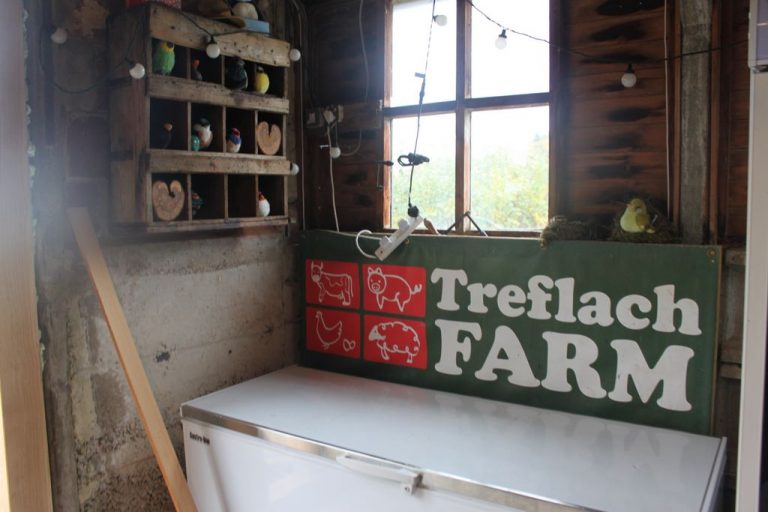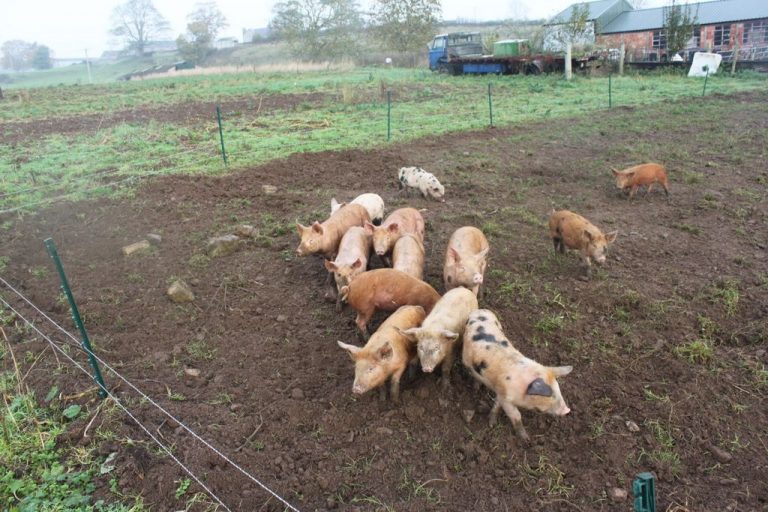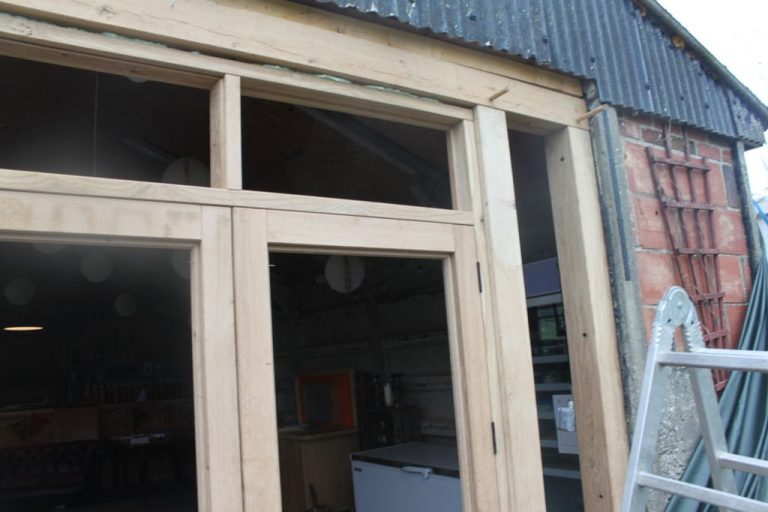
BRIX testing for soil quality
In May last year we embarked on an experiment we hope will run for several years. We are interested in exploring the relationship between the quality of food produced and the microbial activity in the soil.
The more that the science of soils in understood the greater the realization that there is an intimate relationship going on at a microscopic level where by plants are accessing the available nutrients they require by building relationships with beneficial microbes in the soil. These bacteria, fungi the like are essential for the plant to be able to access what is there and consequently the resulting quality of the vegetables is dictated by this relationship.






This on-going experiment is testing some keys concepts:
- Can we measure a difference between dig and no-dig methods?
- How does adding biochar to our compost mix affect the final crop, soil textures and absorption?
- Can we increase soil carbon compared to other areas of the farm?
- Can we great a beautiful and attractive garden that might serve as focal point for permaculture at Treflach farm?
- How can we use these results to contribute to climate friendly farming globally?
Fun with new plants and varieties
The South American achocha plant has small, cucumber-like fruits that have a fresh flavour, a cross between a minty cucumber and a green pepper. The young fruits are delicious raw – added to salads or juiced. When mature, the fruits are known as the “stuffing cucumber,” as they become hollow, with the seeds forming around a central placenta like green peppers.
How to grow
Sow seeds into pots under glass or on the windowsill in April/May and set them out when all danger of frost has passed. Or grow under glass. Warmth (rather than heat) and humidity are what achochas like best. It is reputed to be more cold tolerant than cucumber, enjoying a long summer, but will still be cut down by frost. Needs supporting, preferably with netting, as it has tendrils that can grip.
The Treflach Mandala

The garden itself has 20 raised beds arranged into 4 sections.
Beds 1-5: No-dig, compost only addition
Beds 6-10: No-dig, compost and biochar addition
Beds 11-15: Dig, compost and biochar addition
Beds 16-20: Dig, compost only addition
The basic shape is the circle inside a square, so there will be 4 corner gardens also using mainly perennial plants, herbs, fruits bushes and trees. This also allows us to explore variances between annual and perennial growing systems.







You must be logged in to post a comment.